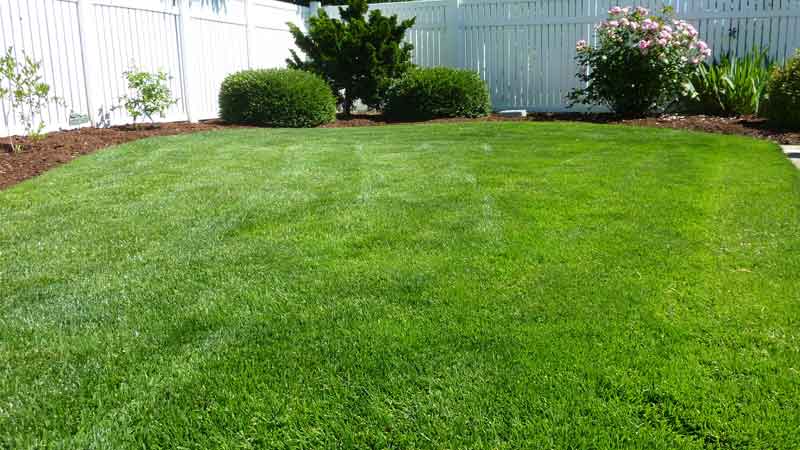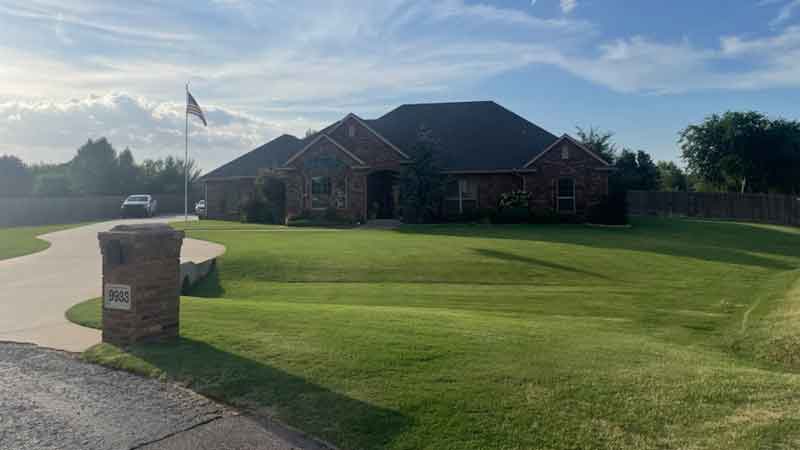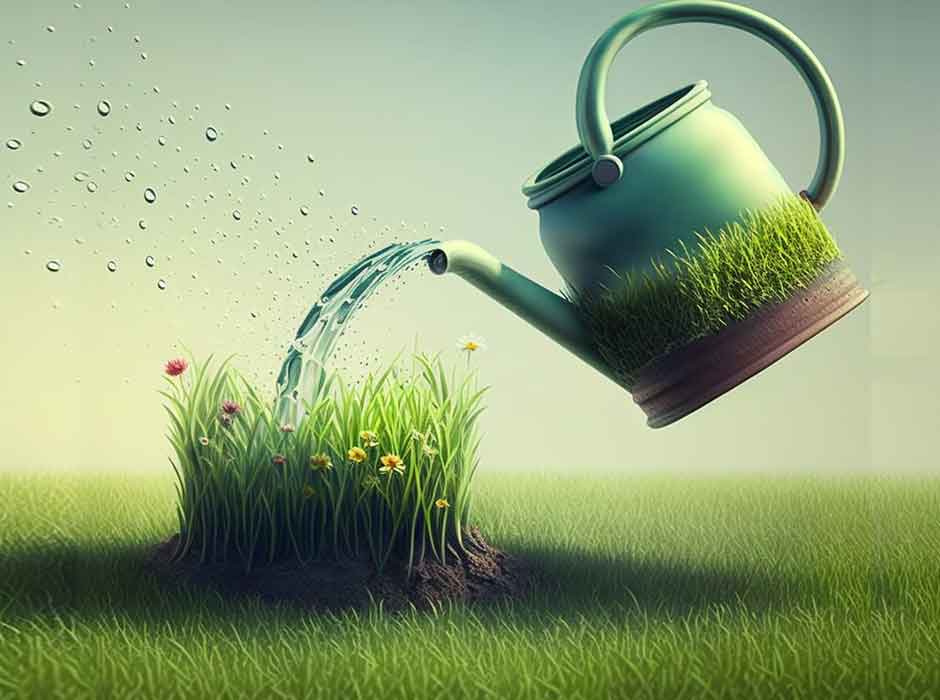Core aeration is a process that involves removing small plugs of soil from a lawn. This is typically done using a specialized machine that has hollow tines that are pushed into the soil to a specific depth. The plugs that are removed are usually about 3-4 inches long and about the diameter of a pencil. The primary purpose of core aeration is to improve the health and appearance of your lawn.
Do You Need Core Aeration?
There are several reasons why you might need to aerate your lawn. One of the most significant benefits of aeration is that it helps to alleviate soil compaction. Soil compaction occurs when the soil particles are packed tightly together, making it difficult for water, oxygen, and nutrients to reach the roots of the grass. This can lead to a thin, patchy lawn that is more susceptible to disease and stress.
Aeration helps to alleviate soil compaction by creating small holes in the soil. These holes allow water, oxygen, and nutrients to penetrate more deeply into the soil, which can lead to a healthier, more resilient lawn. Additionally, aeration can also help to improve the drainage of your lawn. If your lawn has poor drainage, water can accumulate on the surface of the soil, which can lead to disease and fungal growth. Aeration can help to improve drainage by creating channels through the soil that allow water to flow more freely.
Another benefit of aeration is that it can help to break up thatch. Thatch is a layer of dead grass and other organic material that can accumulate on top of the soil. Thatch can be beneficial to a lawn in small amounts, but when it becomes too thick, it can inhibit the growth of grass. It can also create an environment that is conducive to disease and pests. Aeration can help to break up thatch by creating small channels through the layer, which can allow water, oxygen, and nutrients to reach the roots of the grass more easily.
When Should You Aerate Your Lawn


The ideal time to aerate your lawn is during the growing season when the grass is actively growing. This is usually in the spring or fall, depending on the type of grass you have. In general, cool-season grasses such as fescue, bluegrass, and ryegrass are best aerated in the fall, while warm-season grasses such as Bermuda, zoysia, and centipede are best aerated in the spring.
If you have a cool-season grass, it’s best to aerate your lawn in the fall because this is when the grass is starting to go dormant for the winter. Aerating in the fall allows the grass to recover from the aeration process before the stress of winter sets in. If you have a warm-season grass, it’s best to aerate your lawn in the spring because this is when the grass is starting to come out of dormancy and is beginning to grow actively again. Aerating in the spring allows the grass to recover from the aeration process before the stress of summer sets in.



